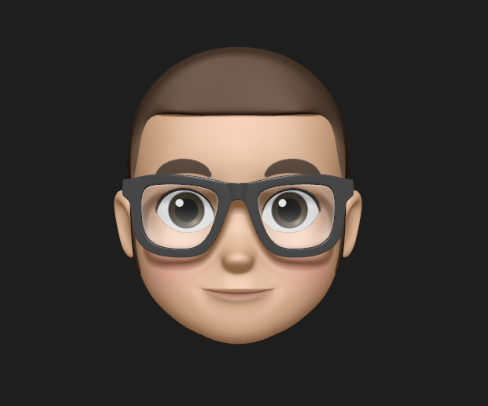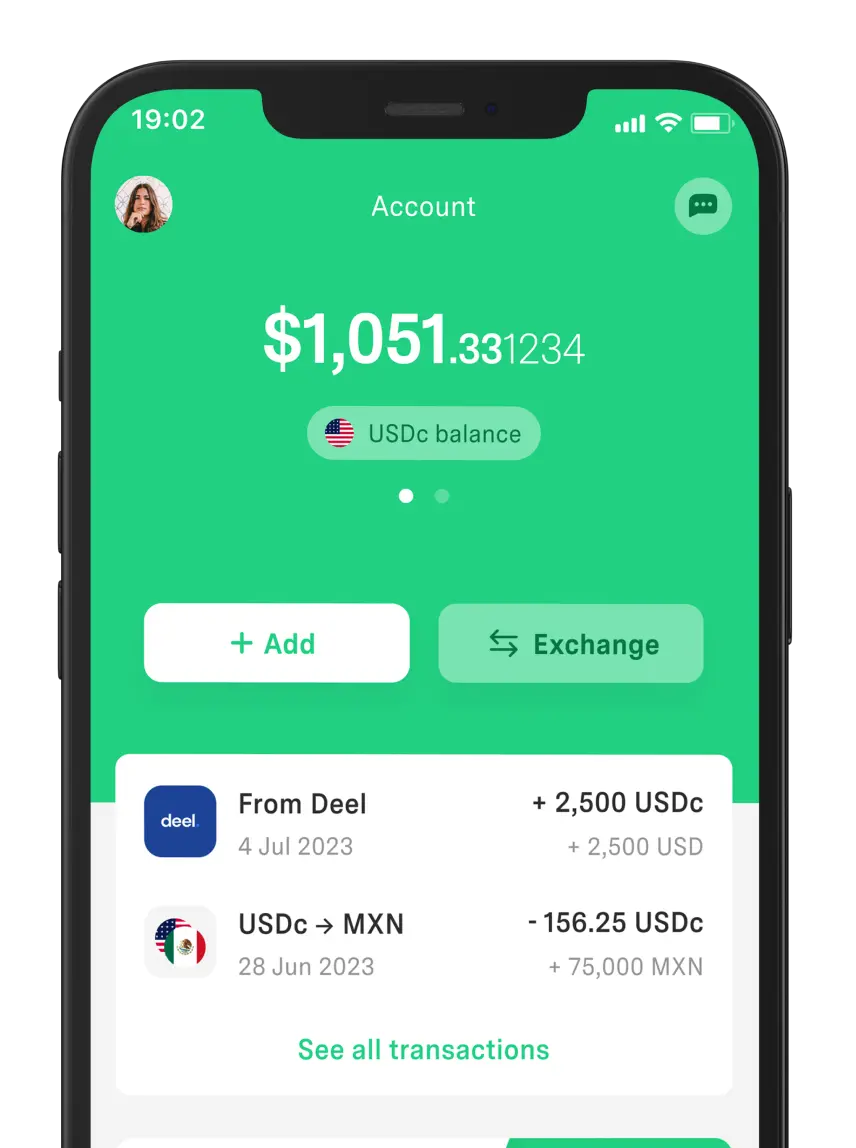 Freelancer tips
Freelancer tips Johari Window: What it is, what it’s for, and how to use it (with examples)
Struggling to understand how others see you? The Johari Window reveals what you're missing—and what you need to change now.



Google’s instant transcription is an Android app built to transform voices and sounds into text in real time.
The app’s official name is Live Transcribe by Google, which emerged as part of the company’s accessibility suite. Its goal is to support people who are Deaf and/or hard of hearing.
However, today it’s a practical resource for students, freelancers, professionals, or anyone who needs to transcribe audio. So in this guide, we’ll explain what it is, its main features, advantages, and limitations.
It’s a Google application developed for Android devices that converts audio to text in real time. It was created in collaboration with Gallaudet University with the purpose of supporting people with hearing loss.
However, the use of Google audio-to-text transcription has expanded to educational and professional settings. Its main function is to display on-screen what’s being spoken around you, making it useful for taking notes in a meeting or recording a class.
It’s worth mentioning that Live Transcribe by Google is part of the Android Accessibility ecosystem and relies on speech recognition technology. And due to its popularity, it supports more than 70 languages and dialects.
It displays what you hear on the screen in written form. That’s why Google audio-to-text transcription is especially useful for:
People with hearing disabilities, since it allows them to follow conversations in real time directly on the phone screen.
Classes, interviews, and meetings in full without missing important details, providing additional support to traditional note-taking.
Live captioning in conferences, presentations, or videos.
Because of this, it facilitates communication in different contexts and helps you save time. You can also combine it with software like Clockify to log hours, or Trello to follow up on meetings.
There are several features built into Google instant transcription designed to make the experience practical and accessible in various environments.
The most relevant features are:
Live transcription. Converts voice to text instantly on Android.
Temporary history. Saves text to review later, copy/paste, or share.
Sound notifications. Detects doorbells, alarms, a baby crying, or other environmental sounds and sends visual or vibration alerts.
Offline use (device/language dependent). Allows offline transcription when the recognition package is installed.
Compatibility with external microphones. You can improve accuracy by connecting headsets or microphones (USB-C, Bluetooth).
We could also include interface customization as a popular function. With it you can change text size and contrast, custom words, automatic punctuation options, as well as theme (dark/light).
Transcription in Google Docs is a basic option that works via “voice typing.” It’s available in the Chrome browser to turn voice into text directly inside a document. In addition, generated transcripts can be exported and saved to Google Drive.
Likewise, there are more complete alternatives, some with AI tools that expand possibilities, such as:
Tool | Free? | Ideal for | Main Limitation |
Live Transcribe | ✅ | Accessibility and real-time use | Does not allow exports beyond 3 days |
Google Docs (Voice Typing) | ✅ | Writing and personal documents | Does not generate live captions |
Otter.ai | Freemium (free version and paid plan) | Meetings and AI-powered automatic summaries | Requires registration and stable connection |
Sonix | ❌ (only 30-minute free trial) | Professional transcriptions in multiple languages | Paid plans only, no free version |
Trint | ❌ (only 7-day free trial) | Teams editing and collaborating on media projects | Monthly cost and initial learning curve |
So you have several options to choose from if the Live Transcribe app isn’t your preference.
Google instant transcription is very useful as an accessibility and support tool. But it’s also important to acknowledge its downsides:
✅ Pros | ❌ Cons |
Offers customization options. Allows Deaf or hard-of-hearing people to respond in real time during talks, meetings, or social gatherings. Free and easy to use on most Android devices. Multilingual support (70+ languages and dialects) | Limited offline use. Transcripts are temporary and are deleted after 3 days. Accuracy may suffer in noisy environments. Not all languages or devices support offline transcription. |
Precautions to consider:
Audio is processed and transcripts are stored temporarily and encrypted. Additionally, Google indicates it does not guarantee compliance with regulations like HIPAA. Therefore, it’s not advisable to use it to transcribe health-related topics or other sensitive sectors.
Even so, Google’s audio-to-text transcription can be leveraged for meetings, virtual classes, and even planning. You would only need to use timeline tools to transform what has been discussed into a clear and visual action plan.
The Live Transcribe app is configured from your Android phone’s accessibility settings. Once enabled, you can use it in seconds.
Follow these steps:
Open Settings. From the home screen, tap the Settings icon to enter the device configuration menu.
Go to Accessibility. In Accessibility, look for the Live Transcribe option. This is the function that activates instant transcription.
Open Live Transcribe. Once inside, tap Open Live Transcribe to start the service.
Allow permissions. The first time you use it, the system will ask for microphone permissions. You must allow them so Live Transcribe can capture sound and transform it into text.
Download languages. If you want to use the feature without internet, open the app and download the available language packs. This will let you transcribe offline, though not all languages or devices are compatible.
Set up quick access. To launch Live Transcribe faster, set up a shortcut. You can use the accessibility floating button, the volume keys, a two-finger swipe gesture, or a quick settings toggle.
Copy or export transcripts. If you enable history, transcripts are deleted after 3 days. So you can copy text snippets or export all content to save it before it disappears.
You can also upload those files to Google Drive to organize and access them from the cloud.
Google’s instant transcription removes barriers and opens new possibilities for millions of users by transforming speech into text immediately. While it’s not one of those must-have remote-work tools, it’s a powerful resource for more accessible communication.
Therefore, it serves students, professionals, and anyone looking to capture information quickly and reliably.
DolarApp does the same for your finances, turning each movement into simple operations. You can receive/send digital dollars and digital euros quickly and without hassle, and convert your balance from one currency to another with a transparent, favorable exchange rate.
Both are practical tools in everyday life.
Yes, the app is free—there’s no cost to download or use it, as it’s part of Google’s accessibility features. You only need a compatible Android device.
Live Transcribe works on most phones with Android 5.0 or higher. However, on Android 12 or later you can download multiple languages for offline use, while on versions 8–11 only English is available.
They can be stored temporarily and encrypted for up to three days if history is enabled. After that, transcripts are deleted automatically, so it’s best to save them if they’re important.
Online works in all languages with higher accuracy. Offline mode offers only some languages for download and accuracy may be more limited.
Sources:

Los países tienen fronteras. Tus finanzas, ya no.
 Freelancer tips
Freelancer tips Struggling to understand how others see you? The Johari Window reveals what you're missing—and what you need to change now.

 Freelancer tips
Freelancer tips Learn how to calculate the severance pay in Mexico, either for termination of contract or dismissal (liquidation). We explain the step-by-step

 Freelancer tips
Freelancer tips Learn how to stop procrastinating by putting these proven strategies and tips into practice so you can be productive again and focus on what matters.


